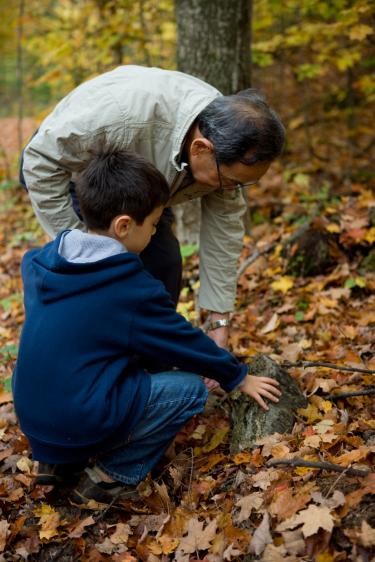Maintaining a Trail
Even the best trails deteriorate a little over time, but routine maintenance can keep them in top shape -- and limit the amount of time and money you’ll need to dedicate to them. A well-maintained trail is also a much safer trail. So establish a monitoring and maintenance plan, and learn to spot problems early.
Common trail problems
- Widening – the width of the trail increases, scarring the landscape.
- Short Cuts – short, side trails develop that are often steep and prone to erosion.
- Tripping Hazards - tree roots and rocks become exposed.
- Deep Trenching – the tread wears down creating a trench.
- Wet spots – swampy or muddy patches form.
Whenever you walk your trails, look for:
- Missing, damaged or unclear trail markers
- Indications of trespassers that can include trash, graffiti, fire rings or ATV tracks
- Bridges, boardwalks, or steps that might need repairs
- Large branches or trees that would need to be cleared with special equipment like a chain saw
- Areas that might need improvement due to soil erosion or water pooling up
Mark down the location of these issues and then use the MyLandPlan.org task list to schedule your next trail work day.
Monitoring and maintenance plan
Aim to inspect your trails at least twice a year, keeping the above list of common trail problems in mind.
Routine maintenance tasks can be performed at the same time and can include:
- Picking up litter
- Removing debris
- Controlling weeds
Set aside time on a yearly basis to tackle bigger jobs such as trail edging and resurfacing, pruning back tress and shrubs, and habitat enhancement.
Learn More
Recreational Trail Design video by Dr Mel Baughman
Trail Design for Small Properties
Recreational Trail Design from www.woodlandstewardship.org
How can I get more tips?
It’s simple! Enter your email below.

